
Type
Publisher
Standards Australia/Standards New Zealand
Publisher
Standards Australia/Standards New Zealand
Version:
Second Edition 2019.
(Current)
Short Description
Specify requirements and test methods for mounted spectacle lenses relative to the prescription order.
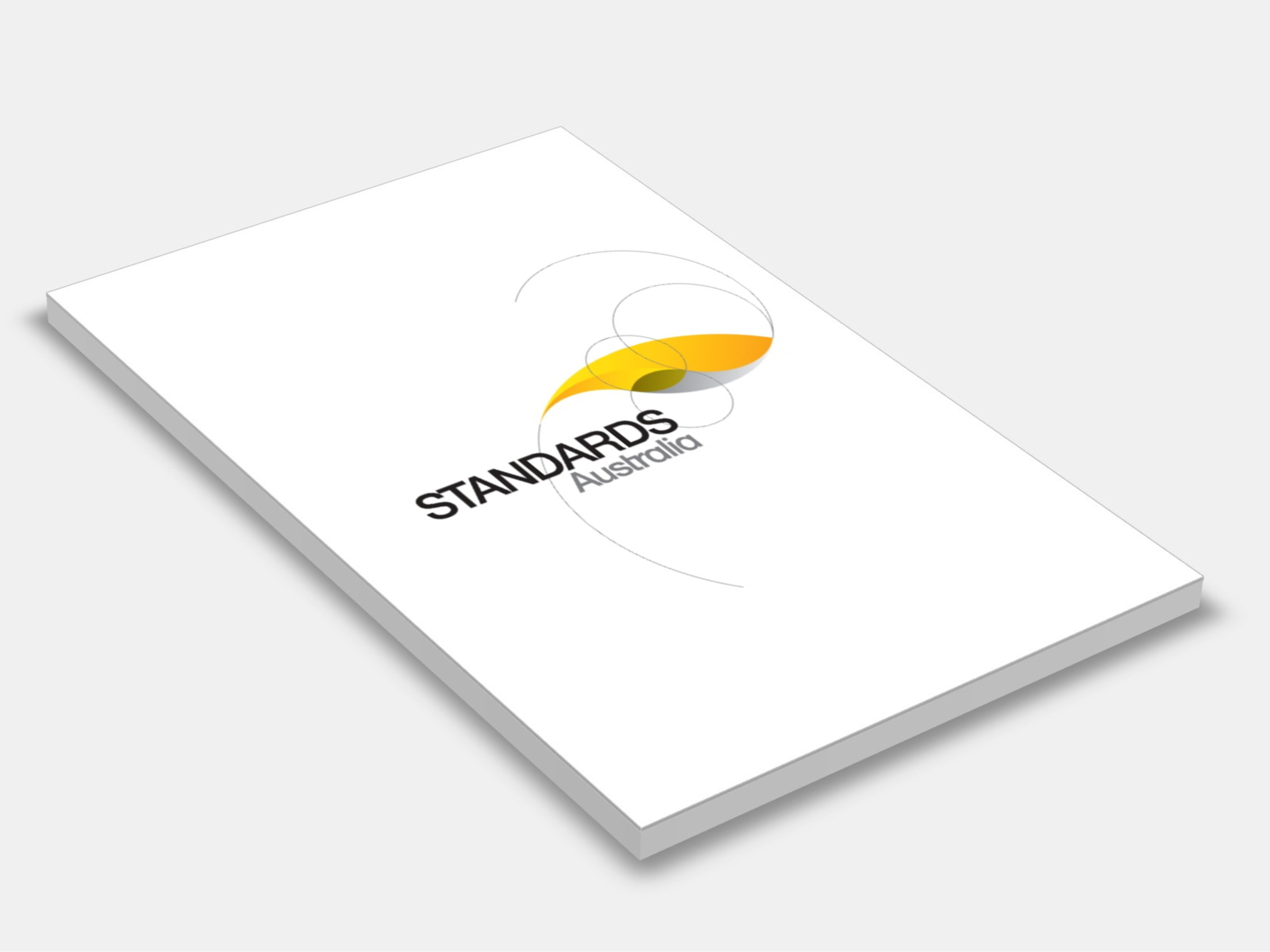
Type
Publisher
Standards Australia/Standards New Zealand
Publisher
Standards Australia/Standards New Zealand
Version:
Second Edition 2015.
(Current)
Short Description
Adopts ISO 8980-3:2013 to specify the requirements for the transmittance properties of uncut finished spectacle lenses.

Type
Publisher
Standards Australia/Standards New Zealand
Publisher
Standards Australia/Standards New Zealand
Version:
Second Edition 2014.
(Current)
Short Description
This Standard sets out requirements and recommended practices for the protection of the eyes and faces of persons against hazards such as flying particles, dust, splashing materials and molten metals, harmful gases, vapours and aerosols, solar radiation and high-intensity radiation generated during operations such as welding and furnace work.
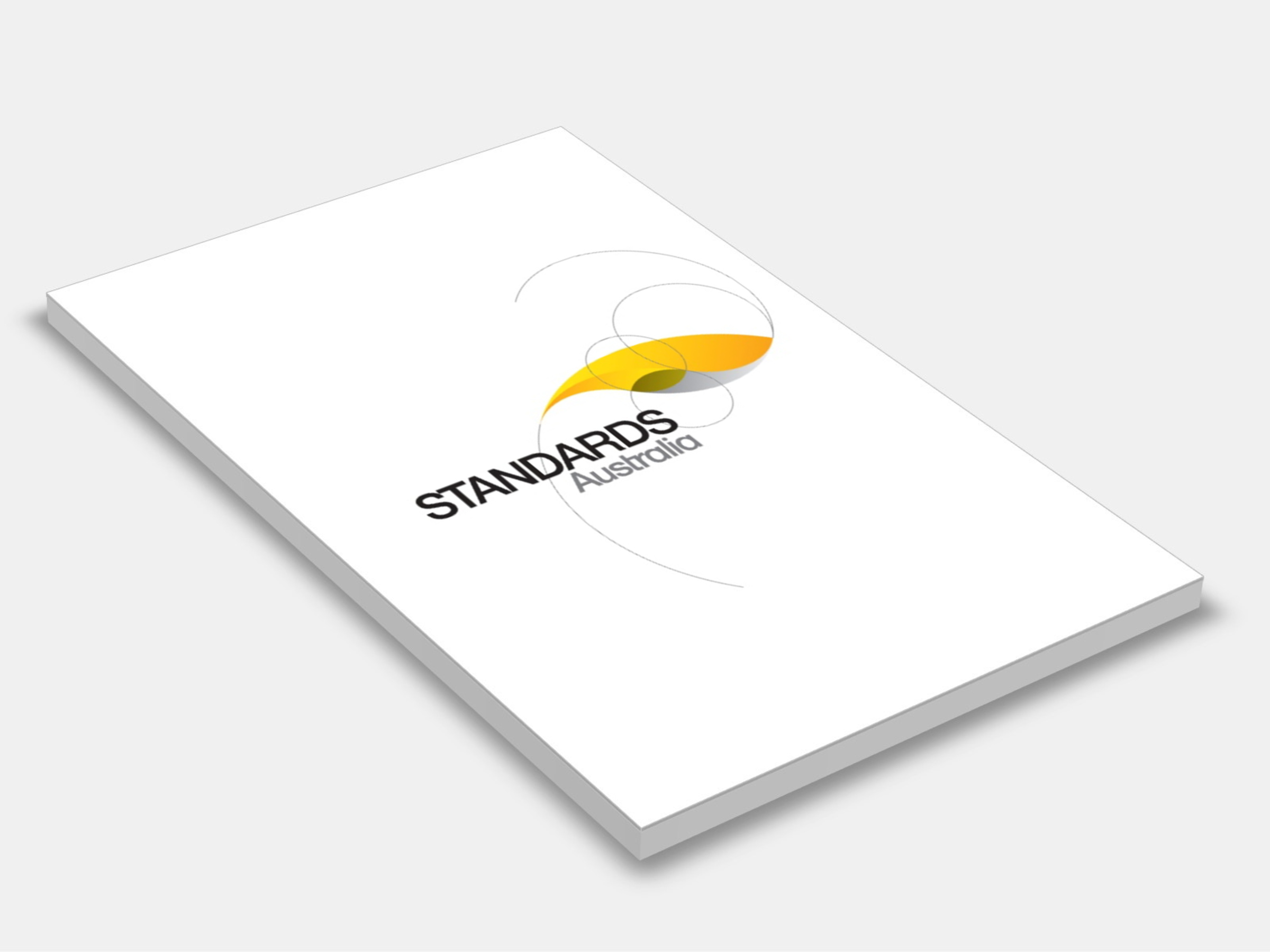
Type
Publisher
Standards Australia/Standards New Zealand
Publisher
Standards Australia/Standards New Zealand
Version:
Third Edition 2003.
(Current)
Short Description
Specifies requirements for the design, construction, location, and operation and testing of systems for the storage and handling of anhydrous ammonia. Requirements for the management of emergencies involving anhydrous ammonia and for the fire protection associated facilities are also specified.
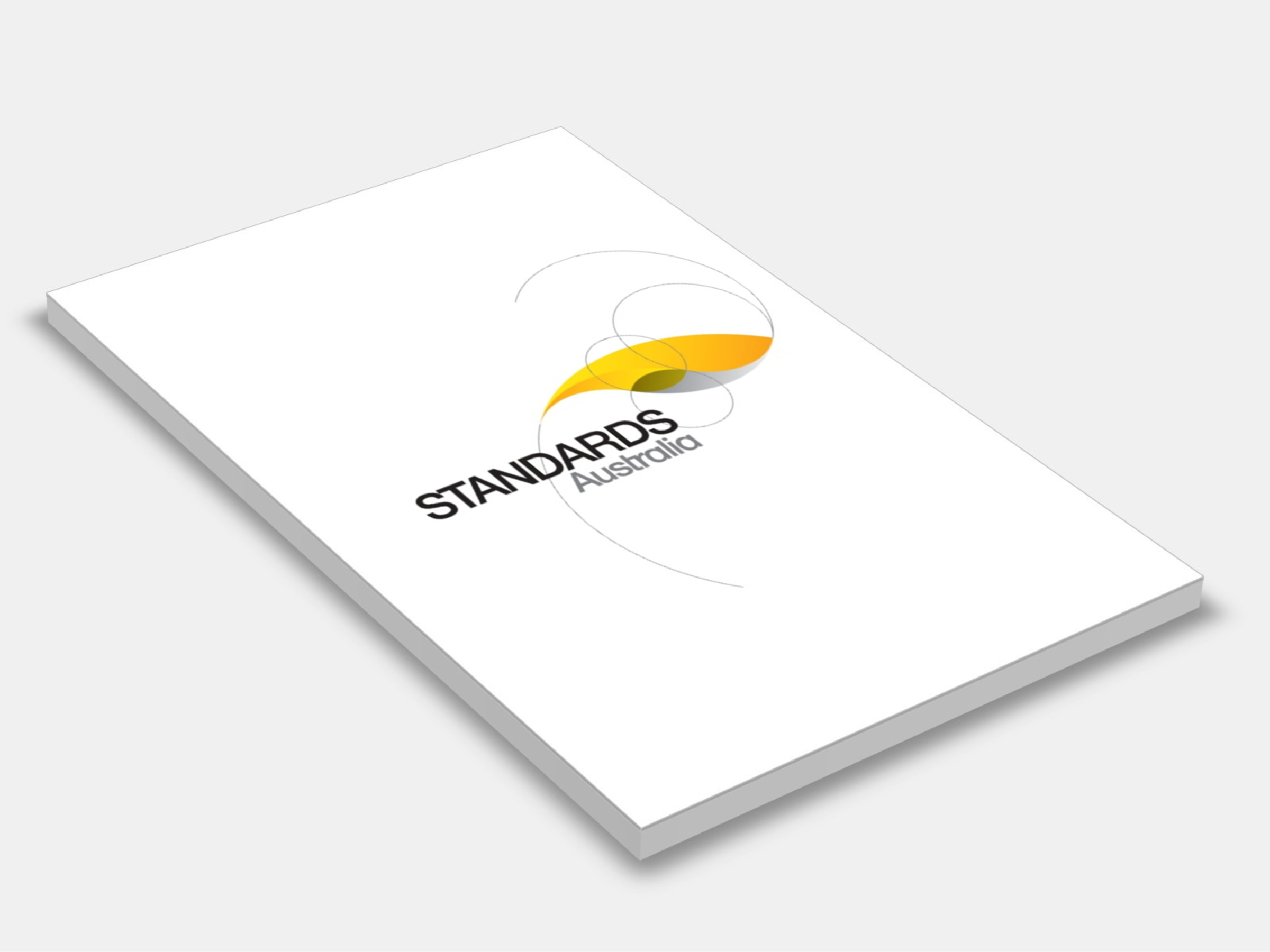
Type
Publisher
Standards Australia/Standards New Zealand
Publisher
Standards Australia/Standards New Zealand
Version:
First Edition 1997.
(Pending Revision)
Short Description
Sets out requirements and recommendations for the storage and handling of toxic substances that in Australia, meet the Class 6.1 classification criteria of the ADG Code and in New Zealand, the Class 6.1 classification criteria of the IMDG Code and Schedules 1-4 of the New Zealand Toxic Substances Regulations 1983. The Standard applies to Class 6.1 substances and may also apply to substances of other classes having a 6.1 Subsidiary Risk. A discussion of the hazards presented by toxic substances and a bibliography of documents providing guidelines on the preparation of emergency plans are provided in appendices.
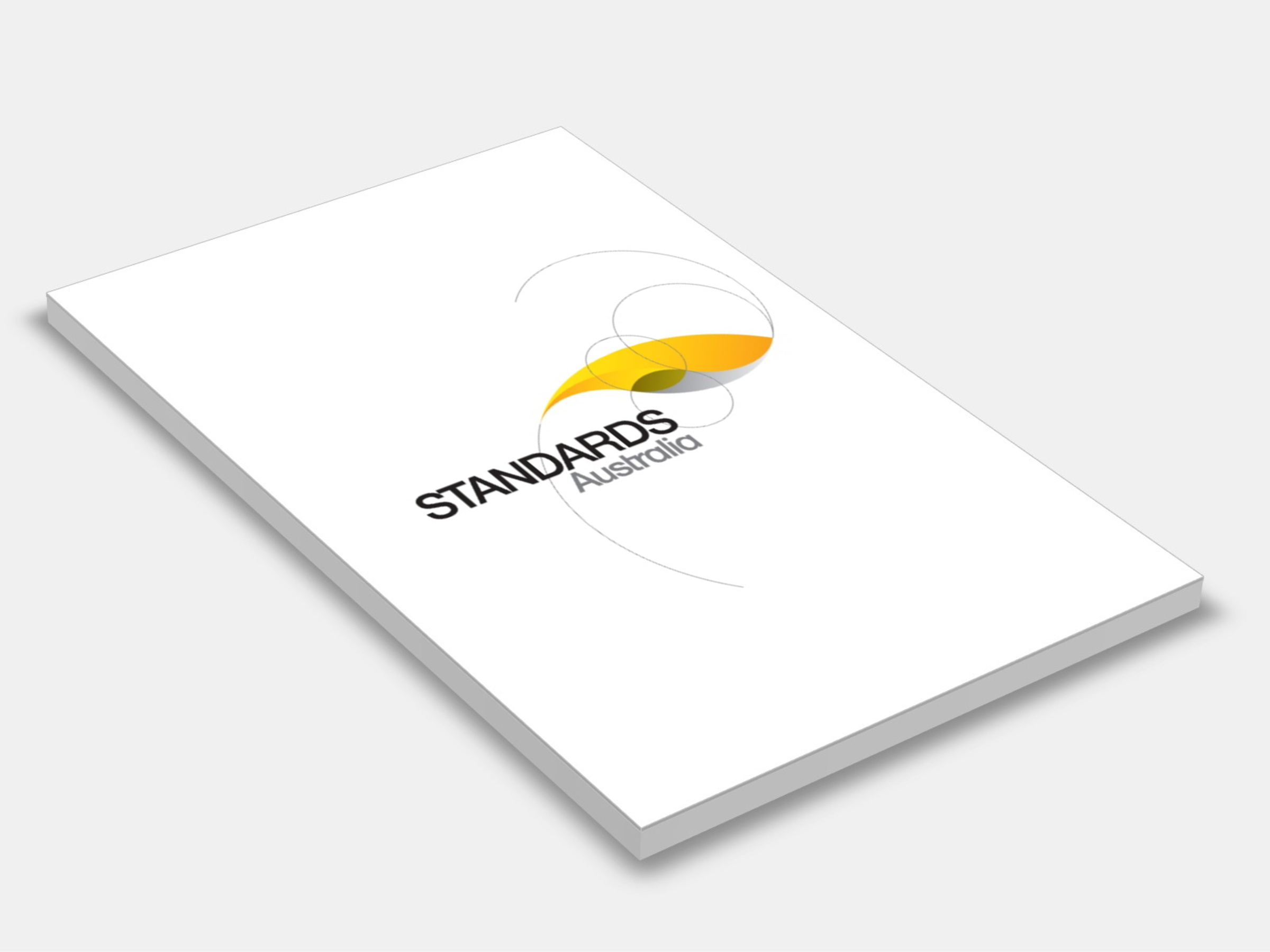
Type
Publisher
Standards Australia/Standards New Zealand
Publisher
Standards Australia/Standards New Zealand
Version:
First Edition 2000.
(Pending Revision)
Short Description
Sets out requirements and recommendations for the safe storage and handling of Class 9 (miscellaneous) dangerous goods and articles, in packages, IBCs and bulk. Advice is given on fire protection, waste disposal, operations and personnel safety. Guidelines for emergency procedures are also provided.

Type
Publisher
Standards Australia/Standards New Zealand
Publisher
Standards Australia/Standards New Zealand
Version:
First Edition 2012.
(Current)
Short Description
Sets out requirements and recommendations for the safe storage and handling of Class 4 dangerous goods as classified in the ADG Code, for Australia, and the HNSO Act, for New Zealand.
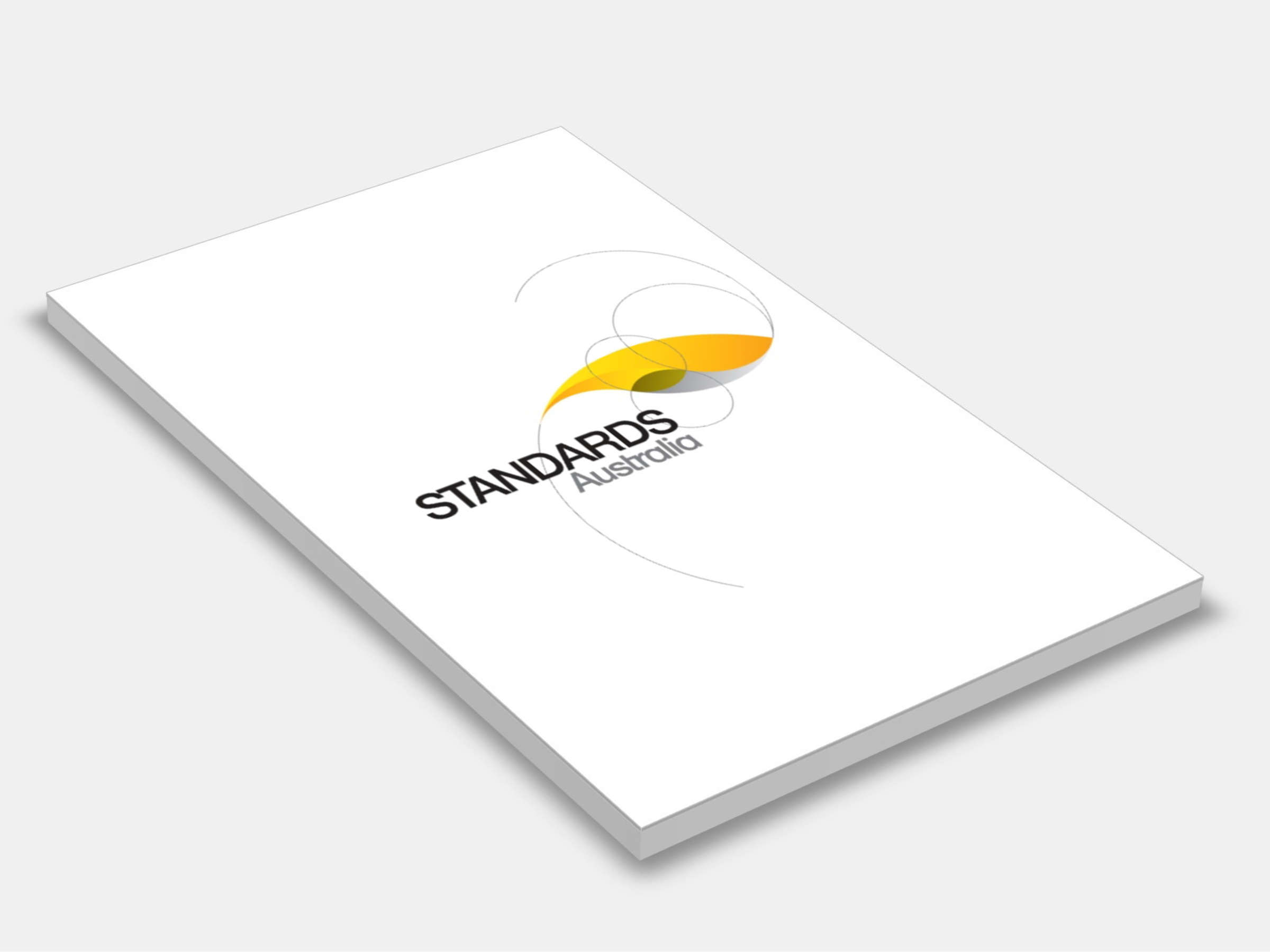
Type
Publisher
Standards Australia/Standards New Zealand
Publisher
Standards Australia/Standards New Zealand
Version:
Second Edition 2012.
(Pending Revision)
Short Description
Sets out good design and management principles and practices for the construction, operation and maintenance of manufacturing and processing plants and associated transportation and storage systems.

Type
Publisher
Standards Australia/Standards New Zealand
Publisher
Standards Australia/Standards New Zealand
Version:
Fourth Edition 2014.
(Pending Revision)
Short Description
Sets out requirements and recommendations for the safe storage and handling of LP Gas, in cylinders and bulk tanks.
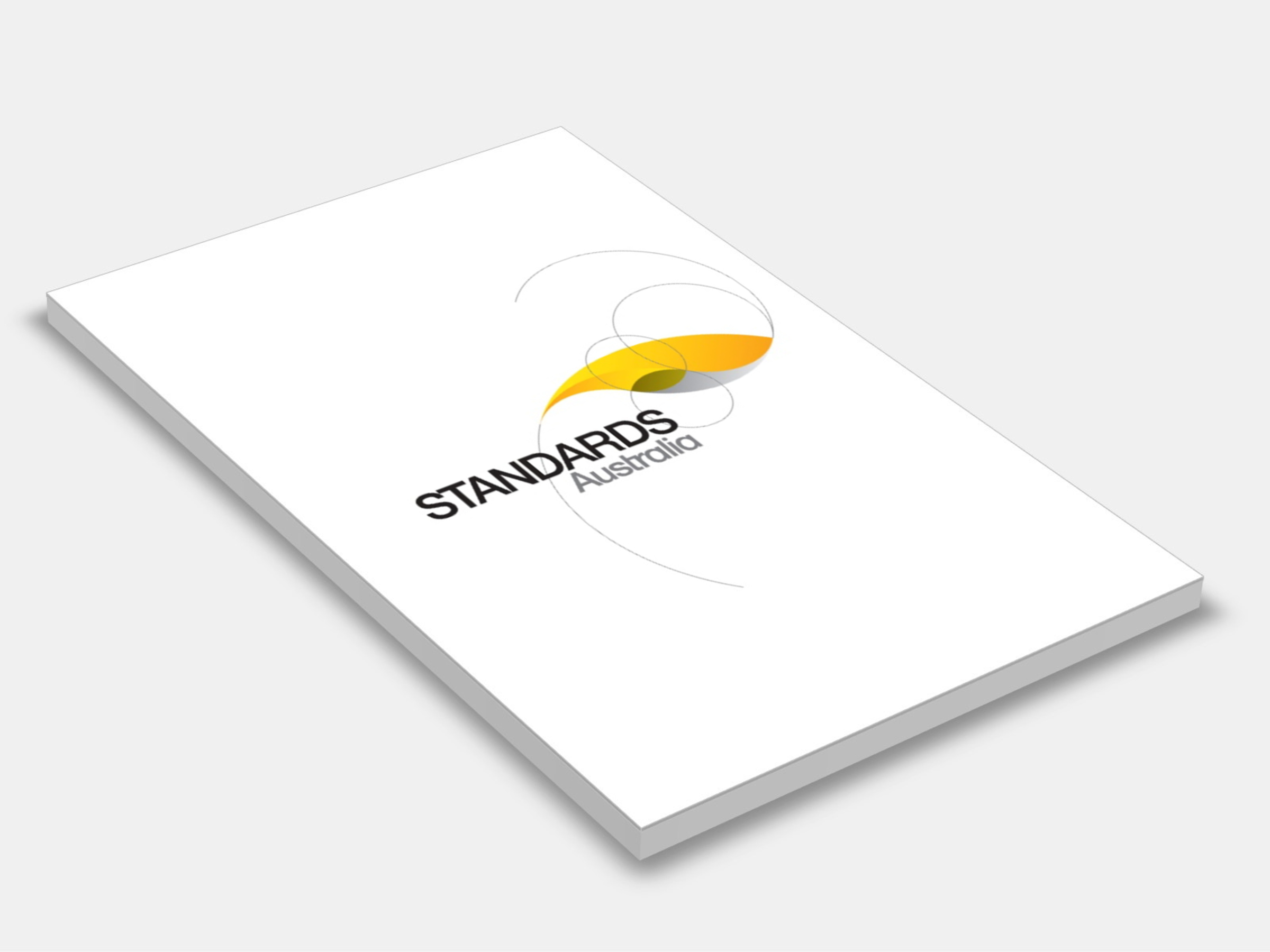
Type
Publisher
Standards Australia/Standards New Zealand
Publisher
Standards Australia/Standards New Zealand
Version:
First Edition 2022.
(Current)
Short Description
AS/NZS IEC 60079.10.1:2022 adopts IEC 60079 10 1:2020, which specify requirements for the classification of areas where flammable gas or vapour hazards may arise and may then be used as a basis to support the proper design, construction, operation and maintenance of equipment for use in hazardous areas.